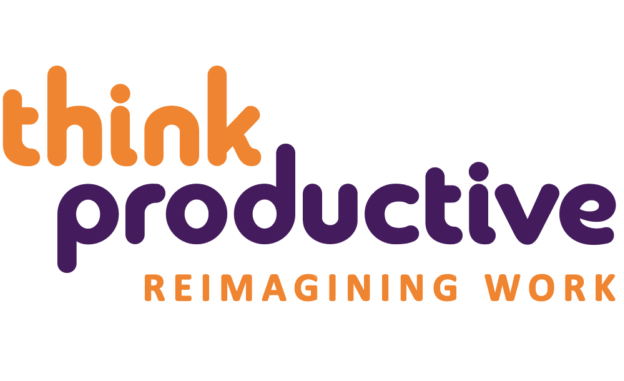8 Alternatives To (Long) Meetings
One of the most frequent questions we get in our productivity training is how teams can improve their meetings. Meetings have increasingly become a source of frustration and annoyance to many knowledge workers across all industries. Luckily, our team of Productivity Ninjas are on a mission to overall reduce the meetings we attend. Then make the ones we have to go to super productive! Our Facilitation Training will teach you lots of useful tools and techniques on how to make your meetings more productive. But to start you off straight away, we’ve put together some alternatives to free up some space in your calendar.
The Why!
Let’s consider the various alternatives to all those hour-long meetings in your calendar. But first let’s have a look at WHY it even matters. Why should we cut down the meetings we host and attend?
First off, we see more and more people’s calendars being filled with one meeting after the other. Which just begs the question: when are we getting actual work done? Furthermore, have you ever wondered about the cost of your meetings?
We don’t mean the room hire and biscuits. Or the hour of your life and the cost of that time to your boss. We’re talking about the cost of getting all of those people in a room for an hour. Some of you are very highly paid, even when stuck in a meaningless meeting.
On average, 10 hours of meetings per week with just 4 employees can cost up to $50,000 a year. It’s been reported that the average manager spends 18 to 26 hours per week in formal and informal meetings. The average meeting consists of eight people. It’s clear to see that spending our days in meetings isn’t the most valuable use of our time. Nor the most useful way employers spend their money either.
But what are the alternatives to meetings?
The How!
1) Get It Done
Don’t ask for an approval meeting to sign stuff off. Remember it’s usually better to apologize than to ask permission. And in the days of Slack, Flock, Teams, or whichever tool your team is using, you don’t need a meeting for signing work off, simply ping it off and let your line manager do their magic.
2) Email
Updating people on a project status? Wanting to hear some feedback on work you’ve recently done? Our first instinct is to gather people in a room and talk it out. Fight that instinct and plug it into a nicely structured email instead. Similarly, if you’re invited to a meeting but feel like you don’t really have much to add but want to know the outcome, simply ask to receive the meeting minutes.
3) Conference Calls
Rather than getting everyone in the same physical space, get everyone in the same virtual space. When well-structured, the call can be done in half the time of a well-run meeting. The topic can be more focused and fewer people will jump in with duplicate or valueless comments and ideas.
4) Collaborative Technologies
We’re talking Slack, Google+, Trello, Asana and so on, and many more second brain tools. They all allow you to collaborate on documents or ideas from day one, with the people you’d normally invite to a meeting.
5) Checklists and Brisk Meetings
For regular meetings, for example, 1-to-1s, prepare a checklist for the meeting, which attendees fill out beforehand. Start every meeting with the same question: “What were the action points from our last meeting?” before running through a list of open questions and then finally a summary of actions for both to take away.
6) Daily Huddle
This takes no more than 15 minutes each day, deals with small issues and happens at the same time every day, asking the same set of questions every single time. Our team at Think Productive North America love the Daily Huddle. It’s a great chance to bring everyone up to speed and connect on a daily basis. We’ve put together how we run our Daily Huddles and which questions we ask over on our blog.
7) Corridor Consensus Building and Management by Walking About
Set aside some time, either once a day or certainly two or three times a week, when you make yourself available to your team, and to those outside of your direct line management but with whom you may need to collaborate. It’s a time when people know they can come and talk to you. Done well, this can cover off half a dozen or more issues in no more than half an hour, versus running ten or more meetings a week.
8) Round Up Emails
It’s important for good communication and morale that teams are up to speed with what everyone else is working on. Having an internal communications person collate the best of the week’s news and then ensuring everyone reads it is much quicker than asking everyone to sit in a room hearing it for an hour or more.
By Hannah Urbanek
Hannah is Think Productive UK’s Head of Marketing and the voice behind much of our global social media and editorial content. You can connect with Think Productive North America directly here or connect with our President, Barbara Green, on LinkedIn.
This post was originally published in January 2013 and has been updated for freshness, accuracy, and relevance.


